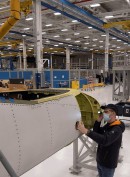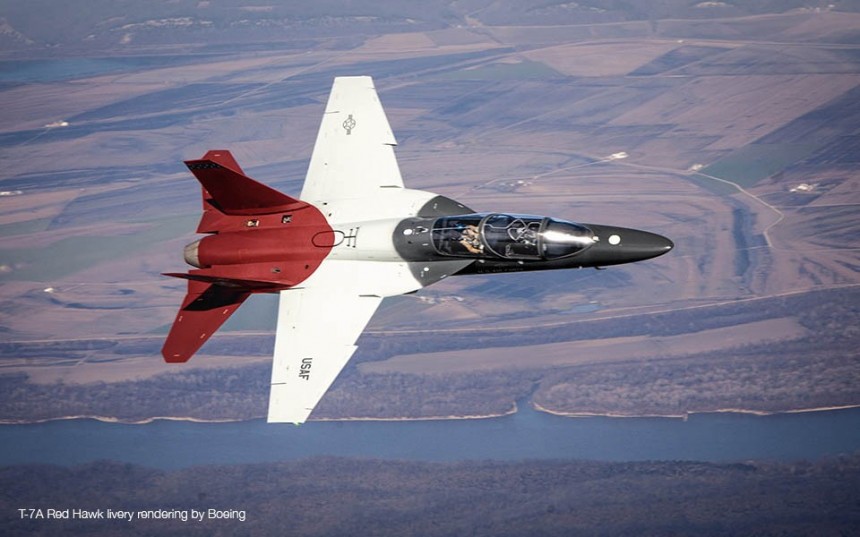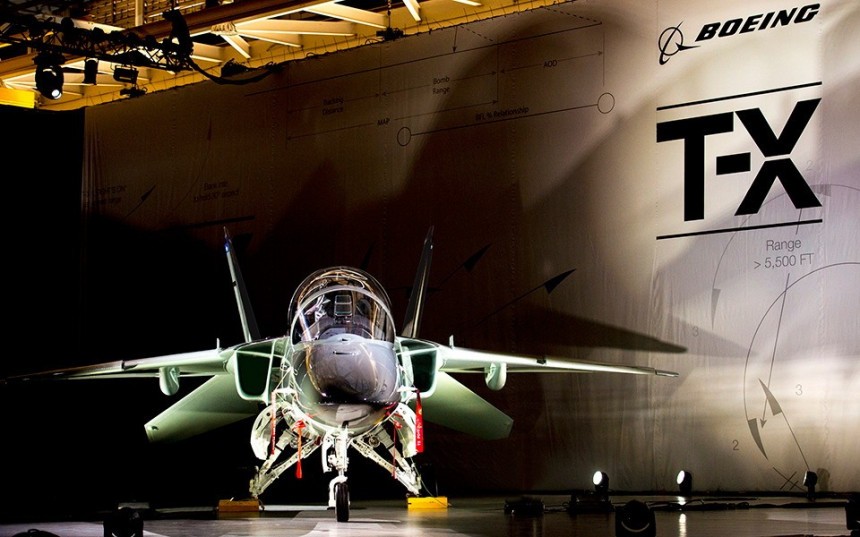What if you had to learn how to drive on a 2006 Mazda, knowing for a fact that your actual car would be a 2021 Mercedes-Benz A-Class? Things get even more complicated if we’re talking about American pilots who must learn how to operate the country’s most advanced aircraft.
“The distance between the T-38 and an F-35 is night and day”, said General David L. Goldfein, U.S. Air Force Chief of Staff. F-35 and F-22 are USAF’s fifth-generation fighter jets, and T-38 is the jet trainer that’s currently in use, with a decades-long career.
Although the T-38 Talon supersonic jet trainer underwent a complex modernization process in the 2000s, it was only meant to extend its service life until 2020. The truth is that the T-38 fleet is aging, and the fatal 2019 crash confirmed it.
Just a year prior to that, in September 2018, the T-X advanced pilot training system designed by Boeing and Saab had been selected by USAF, in order to replace the almost 60-year-old T-38 fleet.
Today’s most technologically advanced military aircraft require an equally capable jet trainer, and this is what USAF’s T-X program was designed for. The $9.2 billion contract that had been awarded to Boeing included 351 T-7A aircraft, 46 simulators, plus the associated ground equipment.
The future trainer was named Red Hawk, in honor of the Tuskegee Airmen, also known as the Red Tails, the first unit of African-American pilots and personnel who fought in World War II. Their P-51 Mustang aircraft had distinctive red tails, which gave them the famous name that would now be associated with the newest jet trainer.
The T-7A is a game-changer, from the innovative way it’s been developed, to its impressive capabilities. It was designed by Boeing using 3D model-based processes that allowed it to go from concept to first flight in just 36 months, for the USAF competition. By the beginning of 2021, two T-7A aircraft were already in flight tests, ready to move to the second testing phase later this year.
According to the manufacturer, the “norm-breaking” development process of the T-7A resulted in an 80% reduction in assembly hours, a 50% reduction in software development and verification time, and a 75% increase in engineering quality. The digital design and manufacturing techniques also meant that the future jet trainer would be able to integrate additional capabilities faster and easier.
Another innovative aspect of the Red Hawk is its easy-to-maintain design. As both Boeing and Air Force officials stated, one of its key assets is the fact that it was developed “with maintainers in mind”. What this means is that it was built with features such as a side-opening canopy, for fast ejection seat changes, upright access to doors (“high wings”), plus drop down panels and doors, for rapid and easy access.
Also, the use of interchangeable parts (rudders and actuators) makes things easier when it comes to supply chains. As far the engine goes, Boeing claims that “four people can change it before lunch”. All in all, these features make the future jet trainer easier to maintain, with fewer costs, while also lowering life cycle costs over time.
Red Hawk is also as performant as it is easy to maintain. As Air Force officials stated in the aircraft’s announcement, the new T-7A’s single engine can generate almost three times more thrust than the dual engines of the T-38C. It’s also capable of flying in a way that’s closer to real world conditions, thanks to the twin tails and big leading-edge root extensions that enable precise maneuvering at low speeds.
Since its main purpose is to prepare pilots for fifth generation fighters, this jet trainer integrates capabilities that the T-38C was missing, such as high angle of attack flight characteristics, night operations, plus information and sensor management. With the help of this next-gen trainer, pilots will be better equipped to handle data links, radar information and smart weapons.
The T-7A’s innovative digital DNA even helped accelerate testing and uncover issues that would’ve normally taken years to detect. Most recently, one of the two jets that were already built, successfully passed a high angle-of-attack maneuverability test, after an anomaly called “wing rock” had been previously detected and then fixed.
Even though the recent health crisis has delayed the production of the T-7A, Boeing and USAF representatives are confident that the first jet trainers will arrive at Joint Base San Antonio-Randolph, in Texas, by 2023, which will mark the beginning of a new era in military pilot training. It’s no wonder that the T-7A Red Hawk was included in Popular Science’s top 100 “most pivotal, influential and just plain awesome innovations” of the year, in 2019.
Although the T-38 Talon supersonic jet trainer underwent a complex modernization process in the 2000s, it was only meant to extend its service life until 2020. The truth is that the T-38 fleet is aging, and the fatal 2019 crash confirmed it.
Just a year prior to that, in September 2018, the T-X advanced pilot training system designed by Boeing and Saab had been selected by USAF, in order to replace the almost 60-year-old T-38 fleet.
Today’s most technologically advanced military aircraft require an equally capable jet trainer, and this is what USAF’s T-X program was designed for. The $9.2 billion contract that had been awarded to Boeing included 351 T-7A aircraft, 46 simulators, plus the associated ground equipment.
The T-7A is a game-changer, from the innovative way it’s been developed, to its impressive capabilities. It was designed by Boeing using 3D model-based processes that allowed it to go from concept to first flight in just 36 months, for the USAF competition. By the beginning of 2021, two T-7A aircraft were already in flight tests, ready to move to the second testing phase later this year.
According to the manufacturer, the “norm-breaking” development process of the T-7A resulted in an 80% reduction in assembly hours, a 50% reduction in software development and verification time, and a 75% increase in engineering quality. The digital design and manufacturing techniques also meant that the future jet trainer would be able to integrate additional capabilities faster and easier.
Another innovative aspect of the Red Hawk is its easy-to-maintain design. As both Boeing and Air Force officials stated, one of its key assets is the fact that it was developed “with maintainers in mind”. What this means is that it was built with features such as a side-opening canopy, for fast ejection seat changes, upright access to doors (“high wings”), plus drop down panels and doors, for rapid and easy access.
Red Hawk is also as performant as it is easy to maintain. As Air Force officials stated in the aircraft’s announcement, the new T-7A’s single engine can generate almost three times more thrust than the dual engines of the T-38C. It’s also capable of flying in a way that’s closer to real world conditions, thanks to the twin tails and big leading-edge root extensions that enable precise maneuvering at low speeds.
Since its main purpose is to prepare pilots for fifth generation fighters, this jet trainer integrates capabilities that the T-38C was missing, such as high angle of attack flight characteristics, night operations, plus information and sensor management. With the help of this next-gen trainer, pilots will be better equipped to handle data links, radar information and smart weapons.
The T-7A’s innovative digital DNA even helped accelerate testing and uncover issues that would’ve normally taken years to detect. Most recently, one of the two jets that were already built, successfully passed a high angle-of-attack maneuverability test, after an anomaly called “wing rock” had been previously detected and then fixed.
Even though the recent health crisis has delayed the production of the T-7A, Boeing and USAF representatives are confident that the first jet trainers will arrive at Joint Base San Antonio-Randolph, in Texas, by 2023, which will mark the beginning of a new era in military pilot training. It’s no wonder that the T-7A Red Hawk was included in Popular Science’s top 100 “most pivotal, influential and just plain awesome innovations” of the year, in 2019.


















